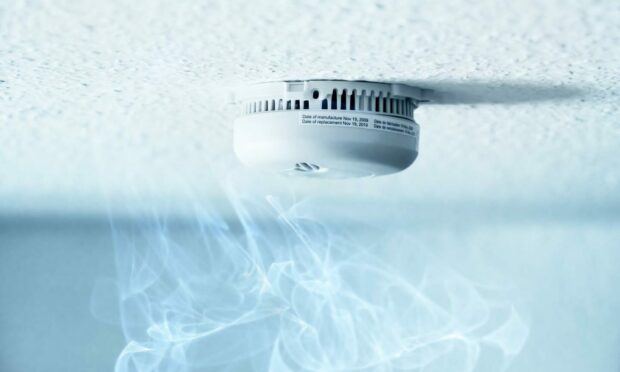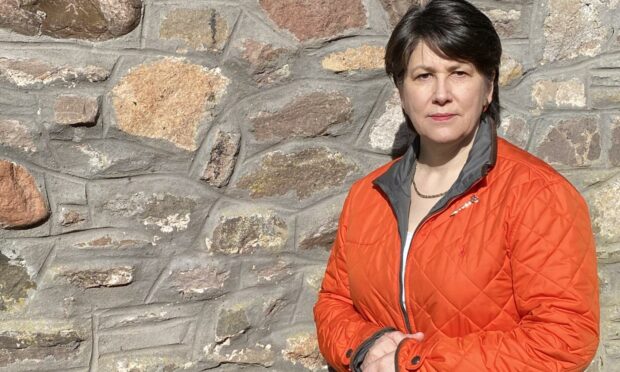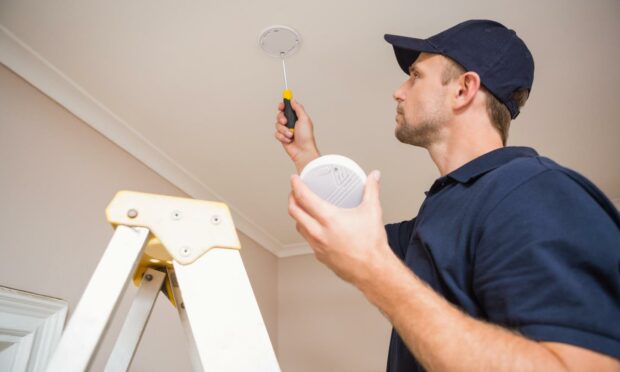Our survey results have laid bare the “chaos” surrounding the roll-out of new interlinked smoke alarms in every home across Scotland.
The new legislation came into force on February 1 requiring all households in the country to have the appliances installed.
But concerns were raised over a lack of awareness over the changes, the costs for homeowners during a cost of living crisis and shortages of alarms.
More than 600 readers answered our online poll since it launched last week.
It asked whether homeowners had installed the new smoke alarms by the deadline.
More than half of the readers who took part said they had not yet installed the new alarms – a total of 384 people.
Just under a third (30.1%) had complied with the new legislation in time, with 189 votes cast.
Finally, under 10% of those polled did not even know about the changes, with 56 people in this category.
Calls for more financial support
The Scottish Government introduced the legislation following the Grenfell Tower tragedy in 2017 in a bid to “save more lives”.
But opposition parties criticised the “chaos” surrounding the roll-out of the policy which they claim has left many households unable to meet the new standards yet.
All have said more financial support should be forthcoming to help the public afford the appliances at a time when household budgets are being squeezed.
Scottish Conservative north-east MSP Tess White said: “These figures highlight the extent of the SNP’s woeful rollout of their bungled fire alarms law which has left struggling households unable to meet the requirements.
“Rather than postponing the scheme to fully prepare people for the significant changes, the SNP have passed the burden of their failures onto homeowners.
“The Scottish Government’s dismal planning and non-existent awareness campaign are to blame for these figures, not north-east residents.
“Homeowners shouldn’t be punished as a result of SNP incompetence which is why more financial support must be given so people can meet these strict requirements.”
Scottish Liberal Democrat leader Alex Cole-Hamilton said the figures from our survey show Scotland is “nowhere close to universal coverage”.
He added: “The SNP-Green Government need to delay enforcement still further, provide more financial support to vulnerable homes and ensure affordable routes to supply for households who have not been able to install the correct systems.”
Scottish Labour Housing spokesperson Mark Griffin said the “woeful figures lay bare what a mess the SNP have made of this policy”.
He added: “It is no use raising standards if the majority of people can’t meet them and the SNP’s total lack of preparation has left this policy in chaos.”
‘No one will be penalised’
A total of 44 people died in house fires across Scotland last year alone and the new standards have been introduced to “save lives”.
A Scottish Government spokesman said: “As the cabinet secretary has repeatedly said no one will be penalised if they do not install these alarms but they would encourage everyone to do so as they can protect lives and property.
“People who own their homes are generally responsible for works to protect their property. The Scottish Government recognises that some may not be able to meet the cost of fitting these alarms.
“This is why the Scottish Government has provided £1 million funding to Care and Repair Scotland to help disabled and older people install the alarms, and another £1 million to the Scottish Fire and Rescue Service to install alarms in owner-occupied homes identified as being at highest risk.”


